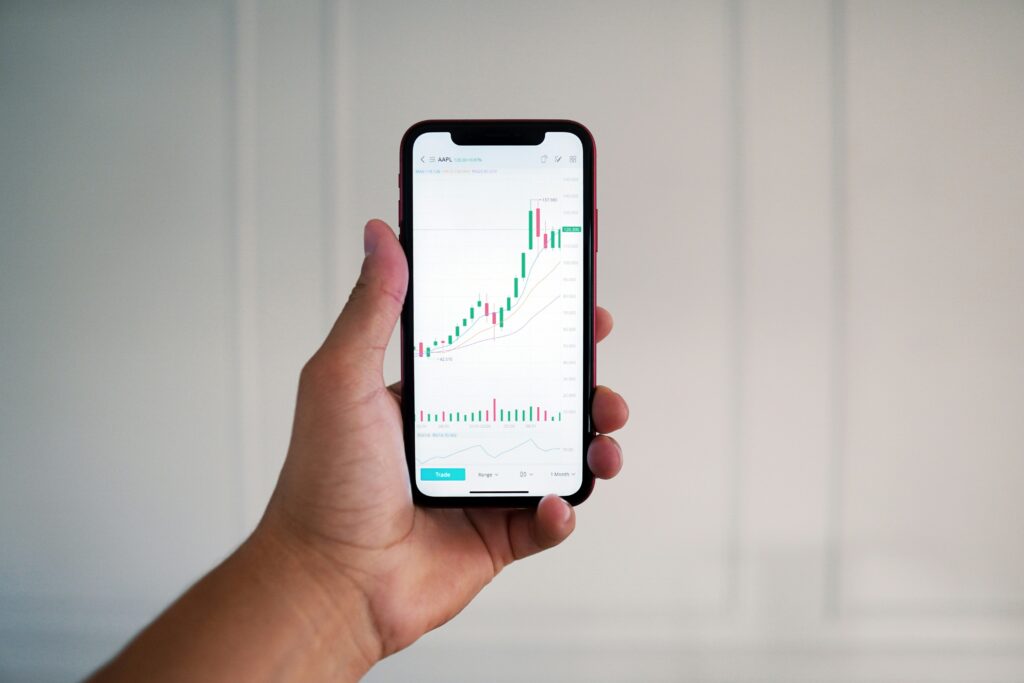Unlock the 5 powerful day trading secrets for forex traders which leads to success with our exclusive guide. Discover the best day trading strategies that top traders use to consistently generate profits in today’s volatile markets.
In This Post
What is Day Trading?
Day trading is a speculative trading strategy that involves buying and selling financial instruments within the same trading day. By capitalizing on rapid price fluctuations, day traders aim to generate profits.
However, this approach requires a deep understanding of market dynamics, effective risk management, and the ability to execute trades swiftly.
Day trading demands unwavering focus and dedication. Unlike traditional investing, it requires constant market monitoring to identify fleeting opportunities. Traders must be prepared to devote significant portions of their day to analyzing charts, executing trades, and managing risk.
Day traders seek to capitalize on rapid price fluctuations. To identify potential trading opportunities, they typically focus on three key factors:
- Liquidity: A stock’s liquidity, determined by trading volume and bid-ask spread, ensures efficient order execution.
- Volatility: Price volatility creates opportunities for profit, but it also increases risk. Day traders often target stocks with moderate to high volatility.
- Momentum: Identifying stocks with strong upward or downward momentum can provide profitable trading entries.
Top 5 Powerful Day Trading Secrets to Boost Profitability
To implement a successful day trading approach, consider the following day trading secrets for forex traders:
Risk Allocation
The 1% risk rule is a fundamental principle of effective risk management in forex trading. Limit each trade to 1% of your total account balance, especially for novice traders.
By limiting potential losses to 1% of your total account balance per trade, you significantly reduce the risk of catastrophic drawdown. This rule empowers traders to maintain a disciplined approach, even during periods of market volatility.
It’s crucial to understand that the 1% rule doesn’t dictate the size of your position, but rather the maximum amount you’re willing to lose on a single trade. By adhering to this guideline, traders can protect their capital and increase their chances of long-term success.
Tight Stop-Loss Orders
A stop-loss order is a crucial risk management tool. Employ the smallest stop-loss level justified by price action to minimize potential losses.
By pre-determining a price point at which a position will be automatically closed, traders can limit potential losses if the market moves adversely. This order helps to protect capital and prevent emotional decision-making during periods of market volatility.
Profit Target Setting
Establish profit targets at two to three times the stop-loss distance to enhance the reward-to-risk ratio. Flexibility in adjusting these targets based on market conditions is essential.
Mastering Trade Timing
Successful day trading often hinges on astutely timing trades. Market open is characterized by heightened volatility as numerous orders are executed simultaneously.
While experienced traders may capitalize on these conditions, beginners are advised to observe market behavior during this period before entering positions.
Mid-session trading tends to be less volatile, providing opportunities for methodical analysis and execution. However, as the market approaches closing time, activity often picks up, creating potential trading scenarios.
Beginners should approach these periods with caution until they gain sufficient experience.
Trade Selection
Prioritize trading opportunities that offer achievable profit targets within the typical price movement.
Best Day Trading Strategies to Consider in 2024
Trend Trading
One of the simplest methods for trend identification involves observing daily price highs and lows. A consistent pattern of higher highs and higher lows indicates an upward trend, suggesting potential buying opportunities during price dips.
Conversely, a series of lower highs and lower lows signals a downtrend, prompting consideration of short selling or selling existing long positions. This basic analysis forms the foundation for many trading strategies.
Momentum Trading
Momentum trading is a strategy that capitalizes on the prevailing price trend of an asset. By identifying assets exhibiting strong upward or downward price movements, traders aim to profit from the continuation of this momentum.
This approach often involves buying assets that are rising in price and selling them when the upward momentum begins to wane. Conversely, traders may short sell assets that are declining in value, expecting the downward trend to persist.
While momentum trading can be profitable, it’s essential to recognize that trends eventually reverse. Therefore, strict risk management and timely exits are crucial to protect profits.
Counter-Trend Trading
Counter-trend trading, also known as reverse trading, involves taking positions opposite to the prevailing market trend.
This is an advanced trading strategy that aims to capitalize on potential market reversals or corrections. By identifying signs of weakening momentum or overbought/oversold conditions, traders can position themselves to profit from a change in market direction.
While it offers potential high rewards, counter-trend trading is inherently riskier than trend following due to the increased uncertainty associated with market reversals.
Conclusion
By considering these day trading secrets for forex traders, traders can increase their chances of generating consistent profits while managing risk effectively. Focusing on a few core strategies and disciplined execution are paramount to long-term success.
Not decided on the right forex trading strategy yet? Or are you looking to explore more trading strategies? Choose from our array of working and recommended forex trading strategies today.




